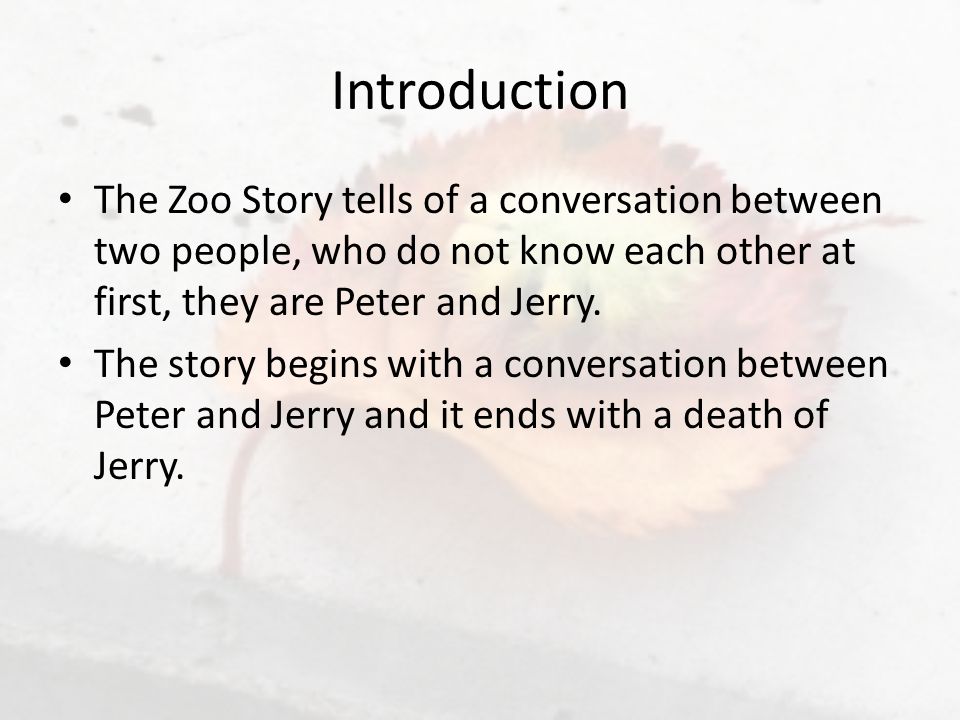
Homographesis is the process of double inscription, the issue of the same-and-different, in which one hides and uncovers a figure, character, etc. According to Lee Edelman, the homograph posits a significant difference within figures that “appear to be the same” (12-13). The following analysis is going to examine the construction of the child’s identity in Albee’s alternating families with the help of the homograph theory and of the dramatic blindspot.

Finding the Sun (1983), The Play About the Baby (1998), and The Goat or Who is Sylvia? (2002) depict the changing figure of the child ranging from that of a baby to the openly gay son.

The American Dream (1961) and A Delicate Balance (1966) discuss problematic family relationships. The Sandbox (1960) and Three Tall Women (1991) present the child and the family in an explicitly personal perspective. The aim of this essay is to map through these structural changes of the American post-nuclear family in a selection of Albee’s plays. In this sense, Albee is both a post-nuclear writer and commentator of his own works because his alternating families set in critical motion a variety of almost obsessive autobiographical elements. On the other hand, in a period when criticism refuses to link art and life, the playwright consciously employs a considerable amount of personal stories that function as critical intertexts. Albee questions the frames of what the nuclear family was meant to represent: the indestructible unity of powerful fathers, beautiful, dutiful, loving mothers, and wise, nice children, and presents ironic alternatives to this idyllic domestic structure. On the one hand, because he lives in the post-war era and depicts the symbolic disintegration of the American nuclear family and the state of domestic affairs in the context of the period’s excessively consumerist society. While for the critic the term “post-nuclear” clearly designates the post-war period in American drama, we can consider Albee as “post-nuclear” in a wider sense.

Bigsby considers Albee “a post-nuclear writer” (125).

Regarding his themes and concerns, C.W.E. According to Anne Paolucci Albee is a playwright who builds his characters from his own character, that is, he constructs “from the inside out” (5), and remodels the figure of the child who is alienated in and from the domestic, private world of American nuclear families. Email: Albee’s plays present a specific world of ironic domesticity through the figure of the child which ranges from that of the adopted infant, real or imagined baby, young man, dead child, imaginary person, to that of grown-up homosexual son. Cristian is Senior Assistant Professor at the Department of American Studies, University of Szeged, Hungary. "From Delicate Absence to Presence: The Child in Edward Albee’s Alternating Families" by Réka M. Cristian


 0 kommentar(er)
0 kommentar(er)
